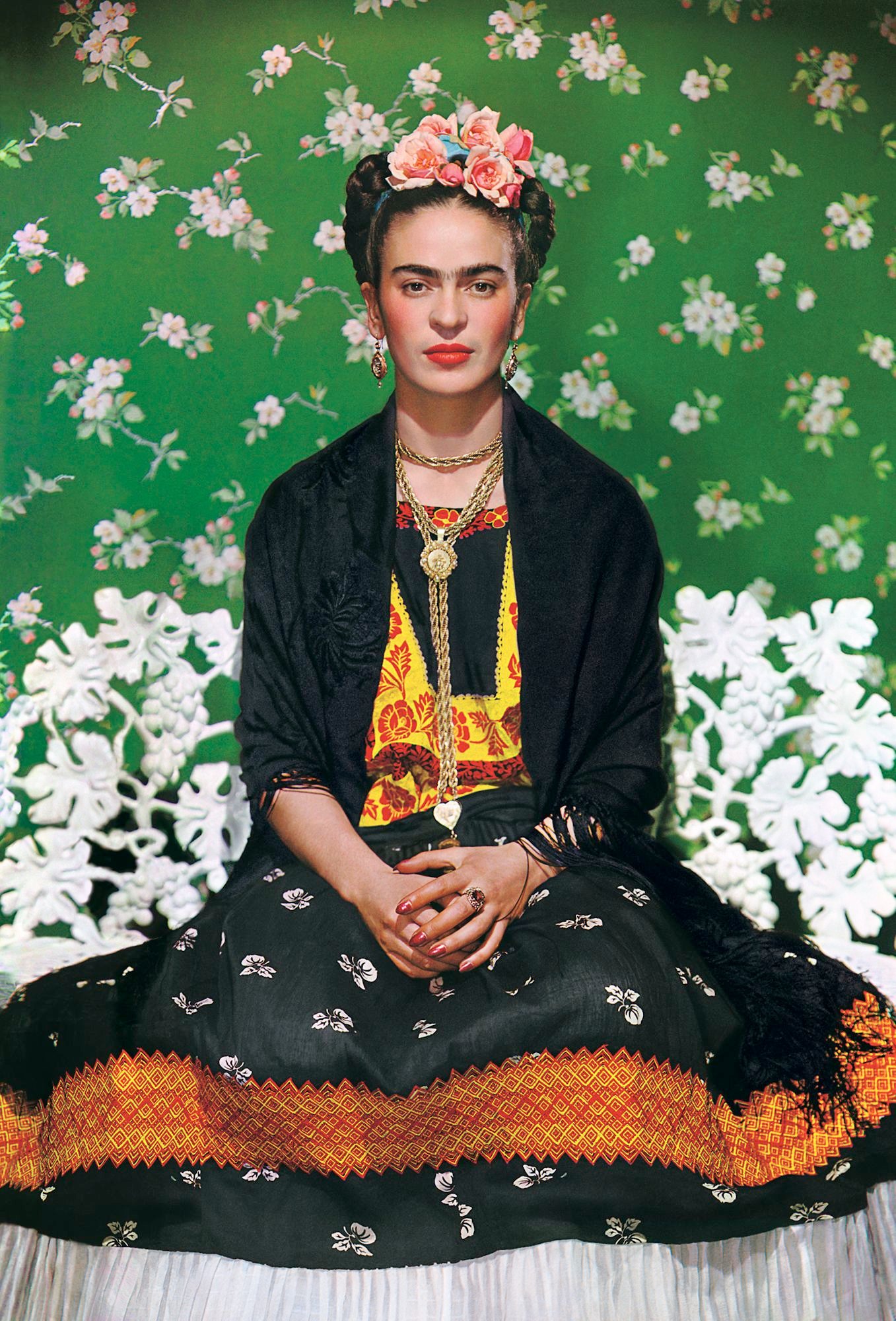
How many women artists can you name? If you’re reading Artnet News, hopefully quite a few—but the results of a recent survey of 2,000 British adults suggests the general public remains woefully ill-informed about the subject.
Only 30 percent of those queried could name three female artists, according to Katy Hessel, the art historian behind the popular Instagram account @thegreatwomenartists. She conducted the poll ahead of announcing the release of her upcoming book, The Story of Art Without Men, due out September 8 from Penguin.
The results of the YouGov survey, published on the occasion of International Women’s Day, celebrated on March 8, were particularly troubling among young people.
Of those aged 18 to 24, 83 percent failed at the task. More than half of those surveyed said they had not learned about women artists in school.
The most commonly named artists were Frida Kahlo, Tracey Emin, and Barbara Hepworth.
The Story of Art Without Men by Katy Hessel. Courtesy of Penguin Books.
“So often, when listing the artists typically said to ‘define’ the canon, names such as Michelangelo, Monet, or Van Gogh appear. But so many people are unaware of [Artemisia] Gentileschi, [Augusta] Savage, [Ruth] Asawa, [Lee] Krasner, or [Ana] Mendieta,” Hessel told the Times of London. “If we aren’t seeing art by a wide range of people, we aren’t really seeing society or culture as a whole.”
Hessel isn’t the first to highlight the lack of recognition of women artists and their contributions to society.
In 2016, the National Museum for Women in the Arts in Washington, D.C., launched the social media advocacy campaign #5WomenArtists.
Since then, Twitter users have shared the hashtag 87,000 times, with an additional 40,000 Instagram posts. The campaign has been embraced by over 1,800 cultural organizations in 57 countries on all seven continents.
But representation of women in the art world continues to lag.
A 2019 Artnet News research study found that from 2008 to 2018, women artists made up just 11 percent of acquisitions and 14 percent of exhibitions at 26 American museums. Auction results were even more discouraging, with works by women accounting for only 2 percent of international art sales during the period.